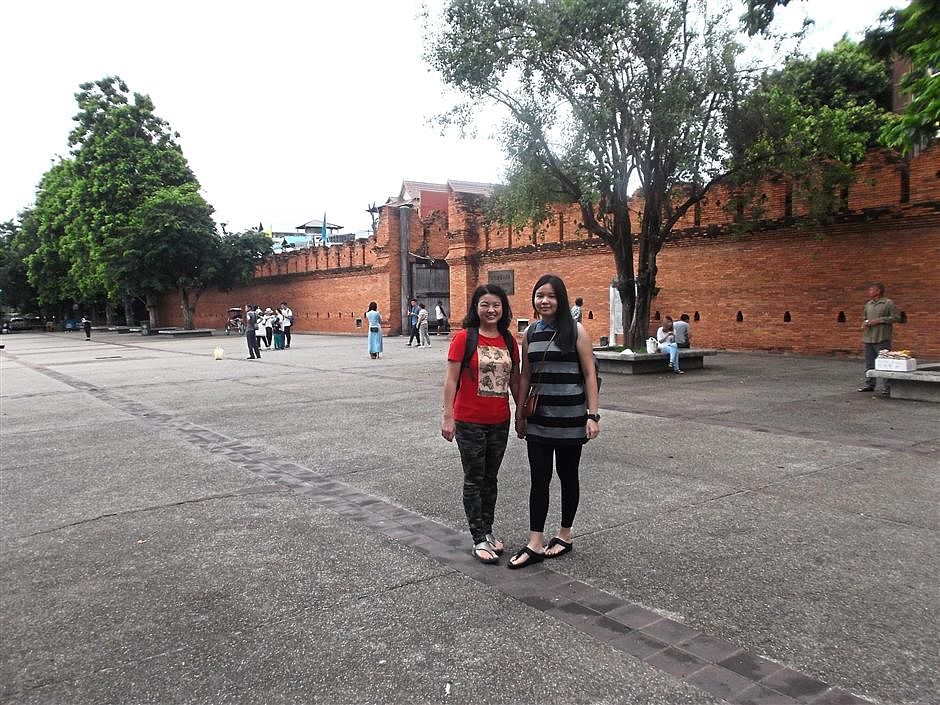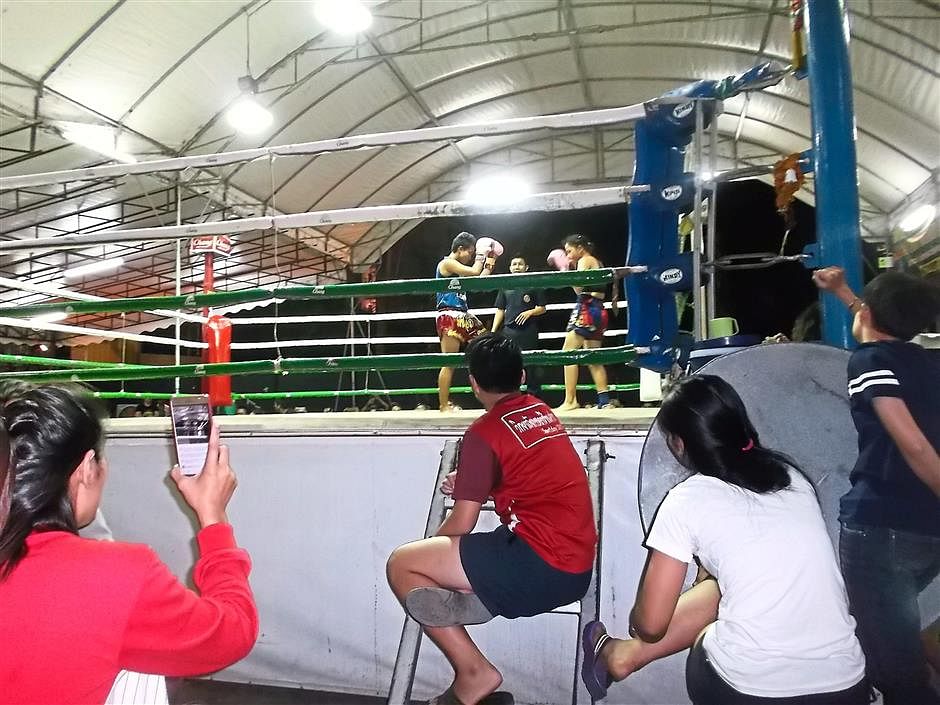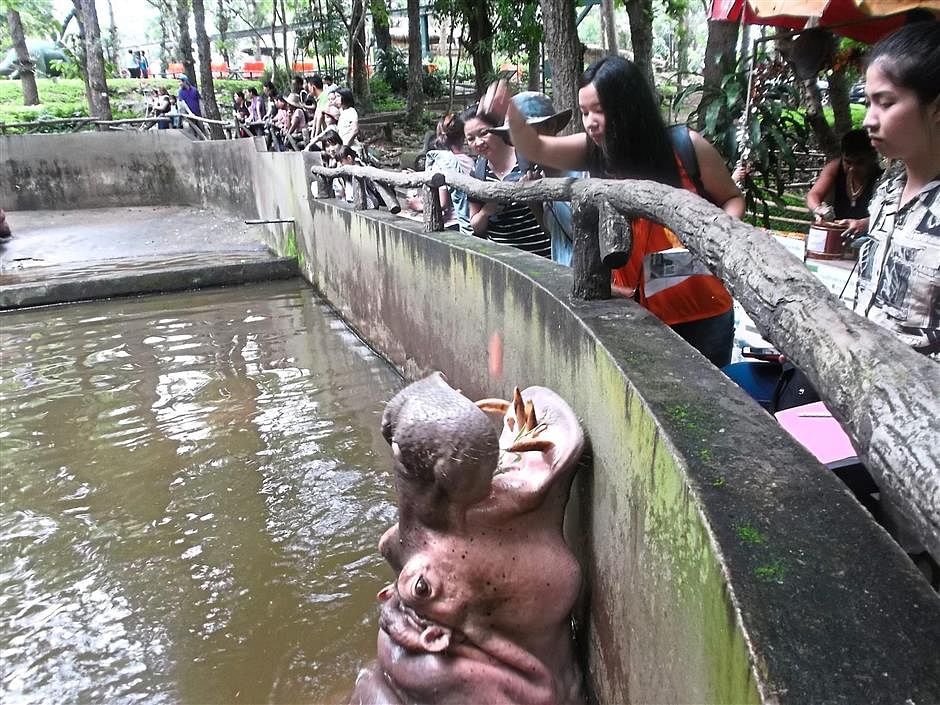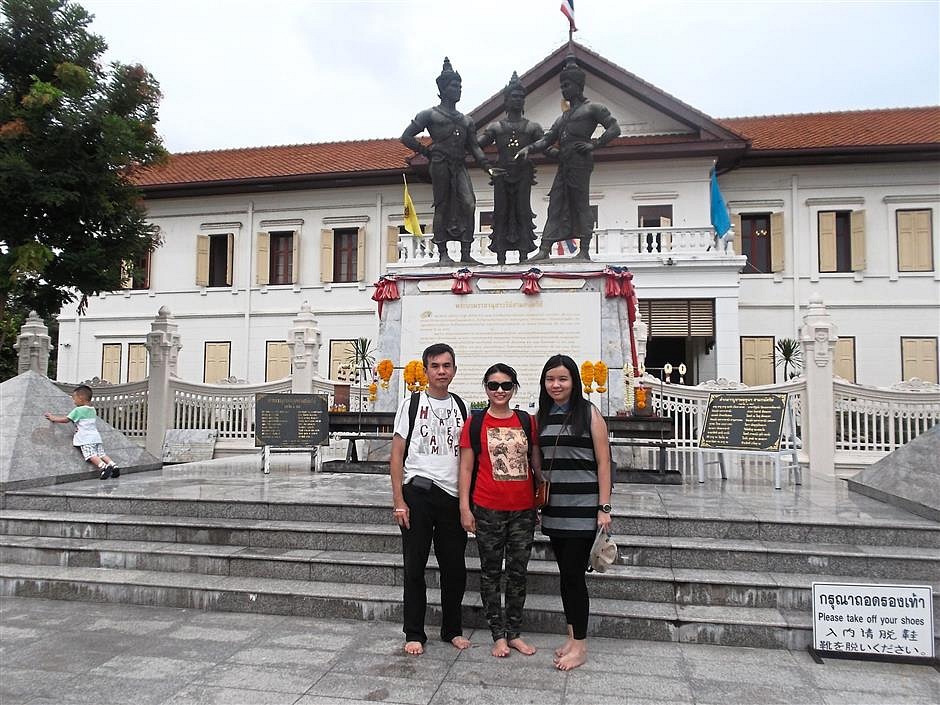Chiang Mai for foodies, shoppers and culture buffs
The Thai city of stunning temples, lively night markets, historic walls and delicious food makes for a satisfying getaway

(THE STAR/ASIA NEWS NETWORK) - It seemed a good idea to visit Chiang Mai with my wife and daughter in August 2016, thanks to a travel promotion (flight and hotel).
Since it's a self-tour, I turned to the Internet, which, of course, proved to be a treasure trove of information. Checking up beforehand paid dividends at the airport. When we were ushered to limousines to the hotel, costing 300 baht a person, I declined, as I knew that there were other limousines that charged only 150 baht.
Our hotel was near the Kalare and Anusarn night markets, so we hit the ground running with sightseeing and dinner. The nightly markets are among the salient features of Chiang Mai.
There are two other night markets, held in different streets that are closed to vehicles at certain hours; these are the weekend night markets.
Our second day in Chiang Mai was spent touring the city. It was encircled with a wall and moat for much of its 700-year history, but the wall was dismantled during World War II.

In the 1970s, sections of the wall were rebuilt, with the most elaborate portions being the Tha Pae Gate area. The wall added to the character of the city, which was the capital of the ancient Lanna Kingdom.
We boarded a tuk-tuk for a breezy ride to Tha Pae Gate. We later walked to one of the numerous temples in the old city, namely Wat Chiang Man, the oldest temple in the city. When the new city (Chiang Mai) was being built, King Mengrai ordered the construction of the Wat on the site.
From there, we hired another tuk-tuk to tour the city, taking in sights such as The Three Kings Monument and two prominent temples - Wat Chedi Luang and Wat Phra Singh.
Chedi Luang is captivating, with the huge ancient temple structure looking something like a Tomb Raider movie set.
We visited the other city gates and stopped at a public park, Suan Buak Hat, for sightseeing and lunch.
That evening, we had seafood for dinner in a restaurant at Anusarn. It was disappointing, but we enjoyed the rest of the evening. My wife and daughter went to watch a cheeky cabaret show while I opted for Muay Thai action at Kalare Bazaar.
With my 400 baht ticket, I was seated just behind the two rows of VIP seats (600 baht). There were five matches, including an exciting international championship fight (Spain vs Italy).

Four matches ended in knockouts. Two of them were women's match-ups; one of the fighters could pass off as a cosplay model and she managed to knock out her tough opponent.
The makeshift stadium was packed mainly with Caucasians, including women. Thai boxing was something I had wanted to see and the bouts exceeded my expectations. It is moving to see something so ferocious, yet conducted with courtesy and humility among the pugilists.
On the third day, we visited Chiang Mai Zoo, where we had close encounters with some animals. To be up-close with a titanic elephant and look into its soulful eyes was a profound, and almost spiritual, experience. Seeing the adorable pandas was lovely. We also had face-to-face encounters with giraffes and hippos.

Next, we went to Doi Suthep Temple, the pre-eminent temple in Chiang Mai. We shared a taxi with a German girl who spoke flawless English and had a friendly chat with her. We all agreed that Chiang Mai felt safe.
Doi Suthep, with its long stairs, reminded me of Batu Caves in Malaysia.
Chiang Mai has so many temples. It's interesting to see how Buddhism is intertwined into the fabric of the daily life of Thais.
We tried some durians at a stall there and declared Malaysia's durians to be far superior.
That evening, we visited the Saturday market and, at 6pm, experienced the unique Thai tradition of a public rendition of the Thai national anthem, during which everyone had to stand at attention. A soldier in uniform saluted smartly after the music ended.

We tried various street foods, including Khao Soi (curry noodle) and Phat Thai (fried rice noodles). The Khao Soi was not to our liking, but the Phat Thai was good. It was amazing to see a vendor skilfully carving a coconut to create what looked like a snowball.
The evening ended with traditional Thai massages; my wife and daughter had them three nights in a row. I tried the foot massage - and found it painful.
Chiang Mai offers many more activities, such as river-rafting, kayaking, rock-climbing and elephant camps.
On our last day, we went by tuk-tuk to visit Warorot Market, also known as Chiang Mai's Chinatown. The sprawling market, with its multi-levels, is patronised by the locals too.
Finally, we took a free taxi to the airport for the flight back to home, sweet home.

Join ST's Telegram channel and get the latest breaking news delivered to you.
